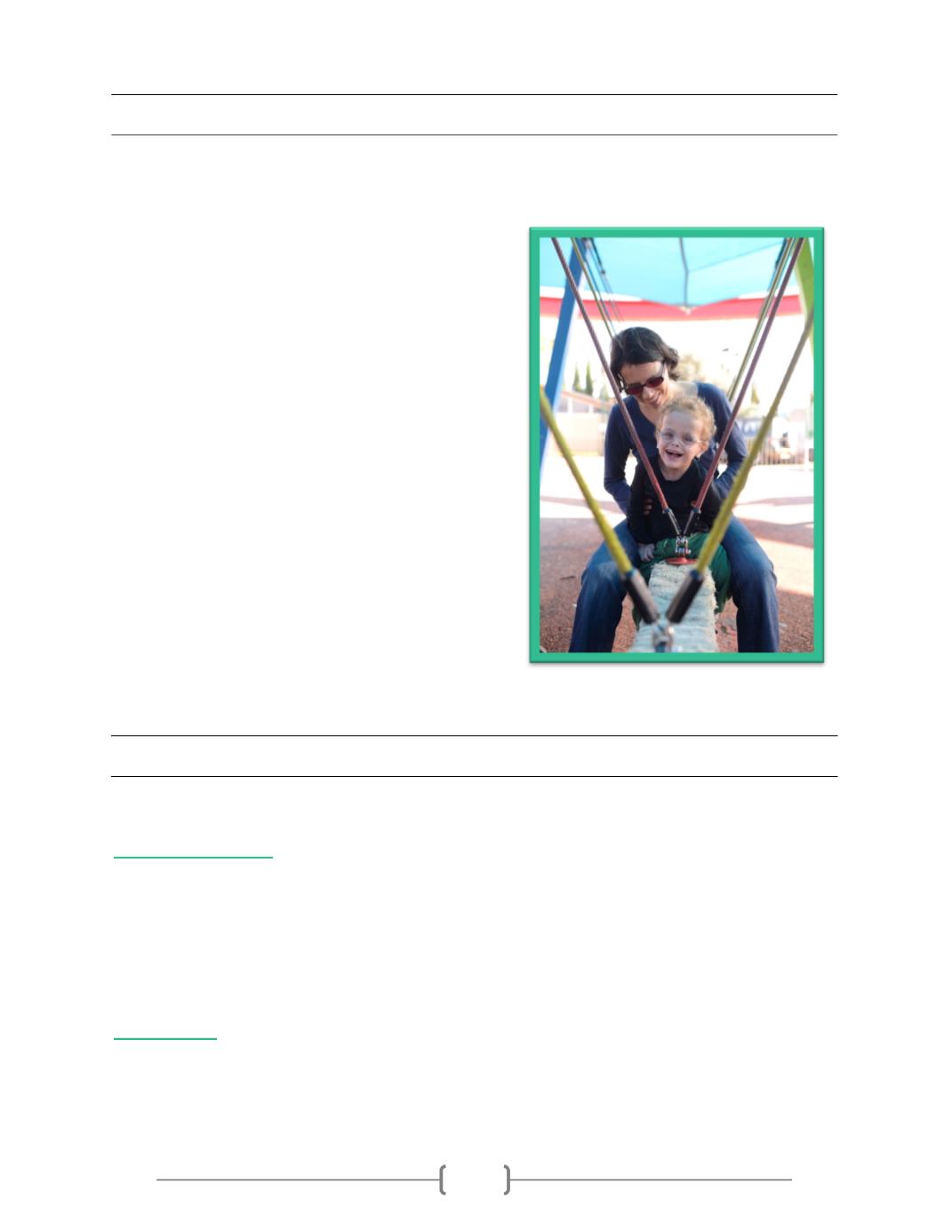

1
Introduction
Friendship Park is an accessible and inclusive playground, the first of its kind in Israel, located within
a city park and open to the general public. The park’s uniqueness lies in the way it combines physical
accessibility with structured integrative social activities
that enable experiential encounters between children
with a wide range of abilities.
Friendship Park was born from the realization and
from a deep belief that an atmosphere where children
will learn and enjoy playing together can be achieved.
To realize this dream we understood that equipment
and installations that are accessible for children with
disabilities are not enough, but that we must combine
physical accessibility with social inclusion.
Friendship Park is a model to and a lever for the
establishment of accessible and inclusive playgrounds.
For this purpose, the work process was documented,
starting with the planning stage, the park’s
construction and ending with implementing the social
accessibility program. This booklet summarizes some
of the main points from our comprehensive handbook
– a helpful tool for all entrepreneurs who seek to
advance and implement the idea of integrating
children with disabilities in the community’s leisure activities.
Theoretical Background
Terminology
Equality and Inclusion
At the core of the idea of inclusion is the belief that every person with a disability, child or adult, has
rights that are equal to those of any other person - to be part of society in which he or she were born
and live. The idea expresses a change in society’s attitude towards people with disabilities, and puts
the onus on society to finding ways to enable people with disabilities to actively participate in all
spheres of community life. A necessary condition for participation in social life is physical and social
accessibility.
Normalization
The principle of normalization defines the human right of people with disabilities to live in conditions
which are as close as possible to the norms and patterns of life common to the community in which
they live, in a minimally restrictive environment, which prevents isolation and social exclusion.
















